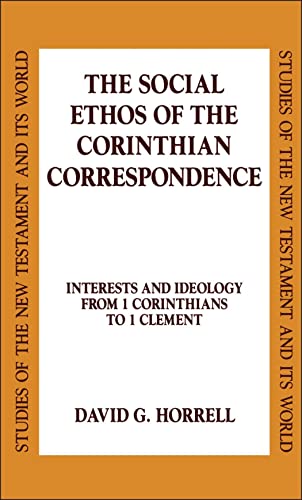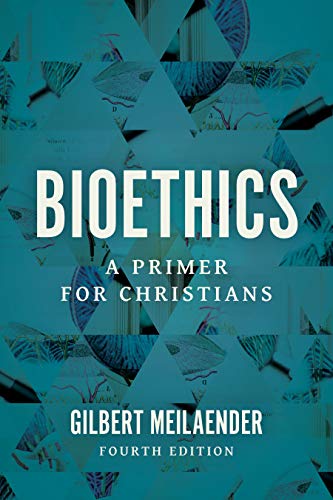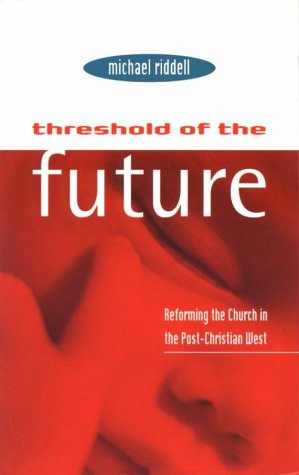The Book of Isaiah. Chapters 40–66 (The New International Commentary on the Old Testament)
Written by John N. Oswalt Reviewed By John D.W. WattsThis volume is the welcome completion of the work begun with Isaiah 1–39 (1986). The two volumes are in turn the successors to the three volume commentary in this series by Edward J. Young (The Book of Isaiah,1965–72) which is still in print. Young’s commentary was stalwart conservative work, recognized widely for the expertise in Assyriology which its author brought to bear on his exegesis.
Oswalt does not endow his work with a specialized linguistic knowledge, as Young did. He stands rather in the tradition of older writers like Calvin and Alexander, whom he cites extensively. The commentary has extensive bibliography and notes, as well as indexes of Hebrew words, and other indexes for Scripture references, subjects treated, and authors cited. Oswalt is well aware of other commentators such as Whybray and Westermann, and speaks of their contributions in the introduction, but cites them in the commentary only in passing. He does not build on their work, or indeed on the methods of research used this century: historical criticism, form criticism, redaction criticism, or new literary criticism. He places his commentary in the line of traditional commentaries that view the work as a unity written by the prophet Isaiah in the 8th century bc. In view of their common perspective on the book, it is surprising that he uses the work of J. Alec Motyer (The Prophecy of Isaiah, IVP, 1993) so little.
Oswalt recognizes that chapters 1–39 address the 8th century, chapters 40–55 the exile of the 6th century, and chapters 56–66 the returned people after the exile. He welcomes the current tendency to recognize the interrelationship of writings from all parts of the book to each other. Whereas many writers working on this development think of various writers at work on the book, Oswalt maintains a single 8th century author (p. 5), but he does not labour the point.
Most scholars take a diachronic approach, seeing the book as the product of a long period of tradition and redaction. (See the excellent survey of scholarship on the structure of chs. 40–66 on pp. 12–13.) Oswalt’s approach is synchronic, looking at the structure as a literary work composed in a single era. He does not try to explain how the work got from the 8th century down to the 5th century when the canonical Scriptures were being collated and published. Oswalt makes a case for seeing chapters 40–66 as the necessary complement to chapters 1–39 using the analogy that ‘2:1–5 and 4:2–6 provided the other side of the picture for 2:6–4:1 and 5:1–30’ (p. 7).
Oswalt moves over into preaching occasionally, reflecting his Free Methodist background. At the same time he can read back into OT settings NT applications. A case in point is the description of the servant of Isaiah 53 as ‘substitutionary self sacrifice’, ‘the Servant gives himself up to Yahweh’ (p. 10). Substitution is established in the text. Self sacrifice is not. At the bottom of the page, the words ‘free grace’ reflect more the theology of the commentator (and Paul in Galatians) than the actual vocabulary of Isaiah.
But this is to quibble. Oswalt has captured the majesty, the theological power, and the great vision of these chapters from Isaiah and interprets them accordingly. The teachings about God are given appropriate attention. But the evidence of the people’s sin and their failure and refusal to respond to God (chs. 49:1–4; 50–51; 57–59; 66), so pronounced in Isaiah, tends to be muted here.
Evangelical seminary or undergraduate students using this commentary will have an excellent introduction for interpreting and a stimulus for preaching Scripture. This must rank as one of the best commentaries available for their use. Postgraduate students will appreciate it for its comprehensive coverage as they also seek deeper introductions into other research methods. The commentary contains a complete new translation with detailed notes. This provides a dimension to the interpretation which the use of an existing translation would not allow. Robert Hubbard, the current General Editor, is to be congratulated for the new energy and vision he has brought into the NICOT series and to be encouraged to move on toward a complete coverage of the OT. John Oswalt’s complete commentary is a solid work in the series.
John D.W. Watts
Penney Farms, Florida







